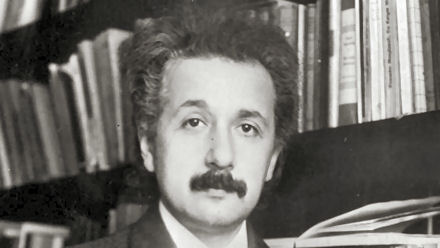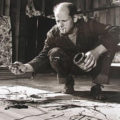
Falk was part of a research team that investigated Einstein’s corpus callosum, the large bundle of fibers that connects the two cerebral hemispheres and facilitates interhemispheric communication in the brain. The findings appear, appropriately, in the journal Brain.
A key part of the research was the use of a new technique, developed by Weiwei Men of East China Normal University, that measures and color-codes the varying thicknesses of subdivisions of the corpus callosum along its length, where nerves cross from one side of the brain to the other. These thicknesses indicate the number of nerves that cross and therefore how “connected” the two sides of the brain are in particular regions, which facilitate different functions depending on where the fibers cross along the length.
During his so-called “miracle year” at 26 years old, Einstein published four articles that contributed enormously to the foundation of modern physics and changed the world’s views about space, time, mass and energy.
The comparison shows that Einstein had more extensive connections between certain parts of his cerebral hemispheres compared to both younger and older control groups.
“This study, more than any other to date, really gets at the ‘inside’ of Einstein’s brain,” Falk said. “It provides new information that helps make sense of what is known about the surface of Einstein’s brain.”
Related:
Discuss this article in our forum
“Uncommon features” in Einstein’s brain revealed
Experiment could reveal mechanism behind quantum entanglement
Ten Obscure Factoids Concerning Albert Einstein

















Comments are closed.